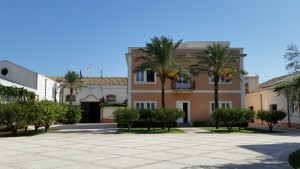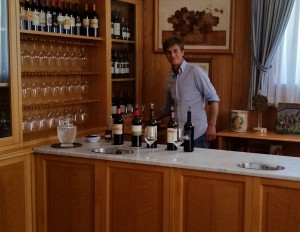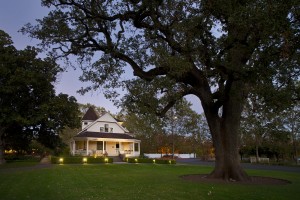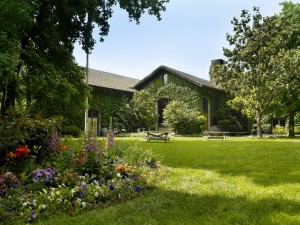As we often point out, Power Tasting is not about wine itself but about the pleasures of visiting Wine Country and tasting wine. In our estimation, there are few if any places worthier of a visit than Domaine Carneros in the Napa County side of the Carneros region. In a word, the experience is simply lovely.
Domaine Carneros is the US subsidiary of Taittinger in Reims, France. Their wines are among the most famous champagnes in the world. The French have laws that restrict the use of the word champagne to sparkling wines made of grapes grown in the Champagne region. Therefore, being a French company, they do not call their California production champagne, only sparkling wine. You can now forget that distinction and call it whatever you like.
And we’re pretty sure you’ll like visiting Domaine Carneros.
You enter the grounds through a wide gate (remember that gate) and park at the foot of a long staircase leading to what to the naked eye seems to be a grand French chateau. Honoring their roots in France, the Taittinger people constructed a faux chateau in California, very much like the one they have on their French estate. The staircase cuts through rows of Pinot Noir vines, one of the three grapes used in champagne and thus in Domaine Carneros’ cham…, excuse us, sparkling wines. (The other two are Chardonnay and Pinot Meunier.)
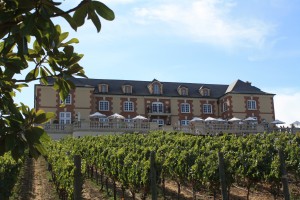
The faux chateau at Domaine Carneros
You then take a seat at a table on the wide terrace (or inside on days with inclement weather). The views from that terrace are priceless: vineyards, the rolling green and beige hillsides of Carneros, blue sky, a lake, sheep nibbling the grass. Wait. Sheep? Actually, the Domaine Carneros folks put up flat wooden replicas of sheep, just to enhance your experience.
The view, with “sheep”
Soon a server will bring you a menu and ask what you would like. Here you pay for wine flights at different levels, from $30 to $40 dollars. You can also order by the glass, at prices ranging from $10 to $30 a glass. No, it isn’t the cheapest place for wine tasting in Napa Valley, but you should consider the matter of value for money. Visitors can have their sparkling wines or their Pinot Noirs, the most renowned of which is called Famous Gate. (Remember that gate?)
You can also order rather pricey nibbles, like charcuterie and caviar. Your server will also bring you some almonds or other snack to go with your wines, without charge.
A few words about those servers. They are always very well-mannered and attentive and are usually quite informative about the wines they serve you. They tell you what you need to know and don’t enter into your conversation. It can be a little difficult to get their attention when you want to order some more to drink, and in our experience, we’ve always wanted more. But they can be rather pushy about joining the Domaine Carneros wine club. (See Wine Clubs in a previous edition of Power Tasting.) We must admit that we have succumbed and have joined, but that is neither a recommendation nor does it mean our arms were twisted by the server. Just be ready for the sales pitch and politely say “no” if you’re not interested.
It is important to remember that a visit to Domaine Carneros is more about drinking than sipping, as compared to any other winery we’re familiar with. If you show interest in purchasing the wines, or especially if you show interest in joining their club, the server will bring you healthy pours of virtually all the wines on their list. So take it easy and keep in mind your wine tasting agenda for the rest of the day when you visit Domaine Carneros.
For us, it’s usually the first place we visit when we arrive from San Francisco, the winery being one of the southernmost in Napa Valley. It may be our only visit for the day. Or it’s the last stop on the last day of our trip, the only place we go as we leave Napa Valley (or Sonoma for that matter). We can’t recommend visiting Domaine Carneros highly enough, but you do need to be prepared.
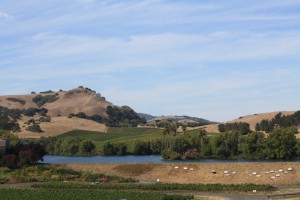
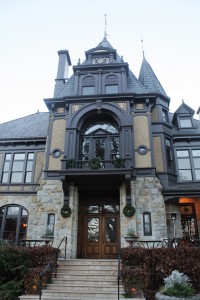
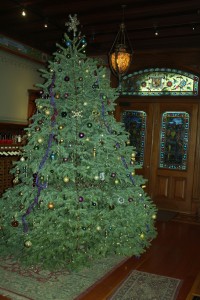
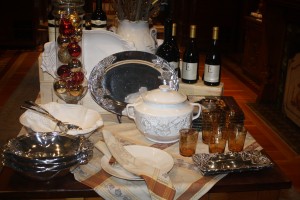
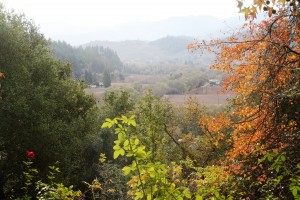
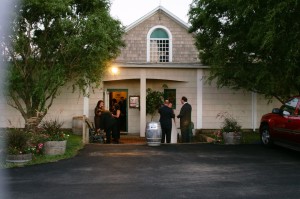
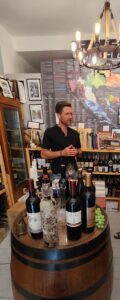
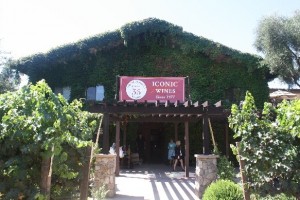 The Grgich Hills winery
The Grgich Hills winery 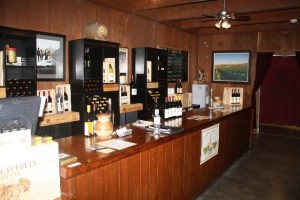 The tasting ro
The tasting ro